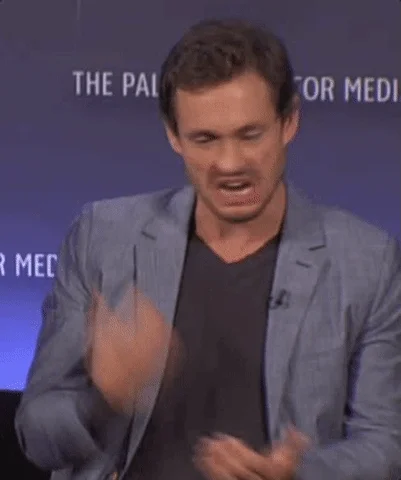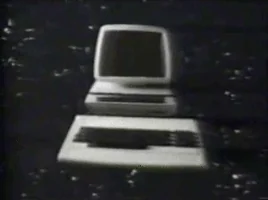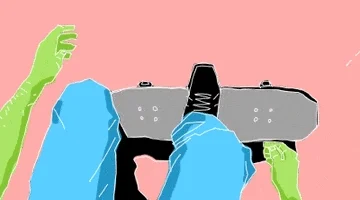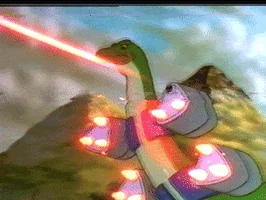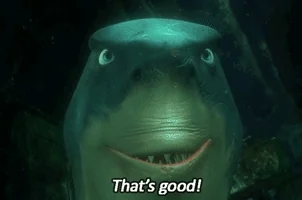My content area specialties are science and math. I think this course has helped me to
view the importance of looking at all the pictures, graphs, and word problems as
additional literary devices. Prior to this class, I saw reading, literacy and English as
completely separate content areas than math. However, this class has helped me view
them with more things in common between both content areas. One important
distinction I found in this class was the importance of marking texts while reading.
When we read the cross content articles in class, I found that marking texts helped me
to better understand and comprehend what I was reading. When we executed the
strategy lesson, we found that annotating texts was a very effective tool to use. While
reading the book, I found the importance of marking up texts and using a defined system
while going through the assigned readings. For example, circling words that I do not
know or highlighting important words or statements. This helps in math because it
helps students to “pull out” the important information, especially from lengthy word
problems or complicated logic puzzles. As the teacher, it also allows me to find out what
the students know. For example, if 80% of my class turns in an assignment and all of
them circle the word inequality, this tells me as a teacher I need to go back and explain
the word. Also, during other groups strategy lessons I found other important devices
that I can use in my future classroom, which includes the word wall concept. This will
help me be able to set my future students up for success both inside and outside of the
classroom.
view the importance of looking at all the pictures, graphs, and word problems as
additional literary devices. Prior to this class, I saw reading, literacy and English as
completely separate content areas than math. However, this class has helped me view
them with more things in common between both content areas. One important
distinction I found in this class was the importance of marking texts while reading.
When we read the cross content articles in class, I found that marking texts helped me
to better understand and comprehend what I was reading. When we executed the
strategy lesson, we found that annotating texts was a very effective tool to use. While
reading the book, I found the importance of marking up texts and using a defined system
while going through the assigned readings. For example, circling words that I do not
know or highlighting important words or statements. This helps in math because it
helps students to “pull out” the important information, especially from lengthy word
problems or complicated logic puzzles. As the teacher, it also allows me to find out what
the students know. For example, if 80% of my class turns in an assignment and all of
them circle the word inequality, this tells me as a teacher I need to go back and explain
the word. Also, during other groups strategy lessons I found other important devices
that I can use in my future classroom, which includes the word wall concept. This will
help me be able to set my future students up for success both inside and outside of the
classroom.


In the science classroom, I can use a lot of these same ideas. I found that by looking at
texts in the science classroom, I can help students develop a better understanding of
concepts. I would use reading in the classroom as the basis for research projects as well
as in the pre stage of learning. Giving the students assigned reading of articles or
textbooks is a good way to give the students the needed knowledge they need to succeed
in science. Unlike in math, science classrooms can use more traditional versions of texts,
such as articles and textbooks. It is important for students to have an introduction to
concepts and a good way to include reading and literacy in the science classroom is in
the pre stage of instruction. Students can also utilize the annotating process when
reading difficult articles or when working on lab problems. I think these literary skills
and many others we learned in class and from our “Smarter Together” book have proved
to be needed and useful across multiple content areas.
texts in the science classroom, I can help students develop a better understanding of
concepts. I would use reading in the classroom as the basis for research projects as well
as in the pre stage of learning. Giving the students assigned reading of articles or
textbooks is a good way to give the students the needed knowledge they need to succeed
in science. Unlike in math, science classrooms can use more traditional versions of texts,
such as articles and textbooks. It is important for students to have an introduction to
concepts and a good way to include reading and literacy in the science classroom is in
the pre stage of instruction. Students can also utilize the annotating process when
reading difficult articles or when working on lab problems. I think these literary skills
and many others we learned in class and from our “Smarter Together” book have proved
to be needed and useful across multiple content areas.


I greatly enjoyed doing research on finding helpful free websites to use for future
resources in my classroom. I think the resource blog posts will be infinitely helpful
during the first few years of teaching. I think as teachers we need to utilize the free
resources available to us and having us each do our own and then share them with each
other provided us all with a plethora of resources. In doing the podcast assignment and
book club projects, I was able to find new ways to utilize new reading strategies in math
and science classrooms. I found that using the various roles and talking through the roles
in relation to a topic or book really helped with understanding of the content. I found that
utilizing these roles in the math classroom seemed to be helpful because they give
different perspectives to the content and also allow for a more diverse understanding of
the content. Using the illustrator role in the math classroom helps students to engage with
the content in new ways and to illustrate the problems in different ways. The result of this
is that a more creative student would be able to better engage with the content while using
this role versus using a more word related role. I also feel like using these different roles
allows students to be able to learn new roles and engage in different ways with the content.

resources in my classroom. I think the resource blog posts will be infinitely helpful
during the first few years of teaching. I think as teachers we need to utilize the free
resources available to us and having us each do our own and then share them with each
other provided us all with a plethora of resources. In doing the podcast assignment and
book club projects, I was able to find new ways to utilize new reading strategies in math
and science classrooms. I found that using the various roles and talking through the roles
in relation to a topic or book really helped with understanding of the content. I found that
utilizing these roles in the math classroom seemed to be helpful because they give
different perspectives to the content and also allow for a more diverse understanding of
the content. Using the illustrator role in the math classroom helps students to engage with
the content in new ways and to illustrate the problems in different ways. The result of this
is that a more creative student would be able to better engage with the content while using
this role versus using a more word related role. I also feel like using these different roles
allows students to be able to learn new roles and engage in different ways with the content.
word count: 694



